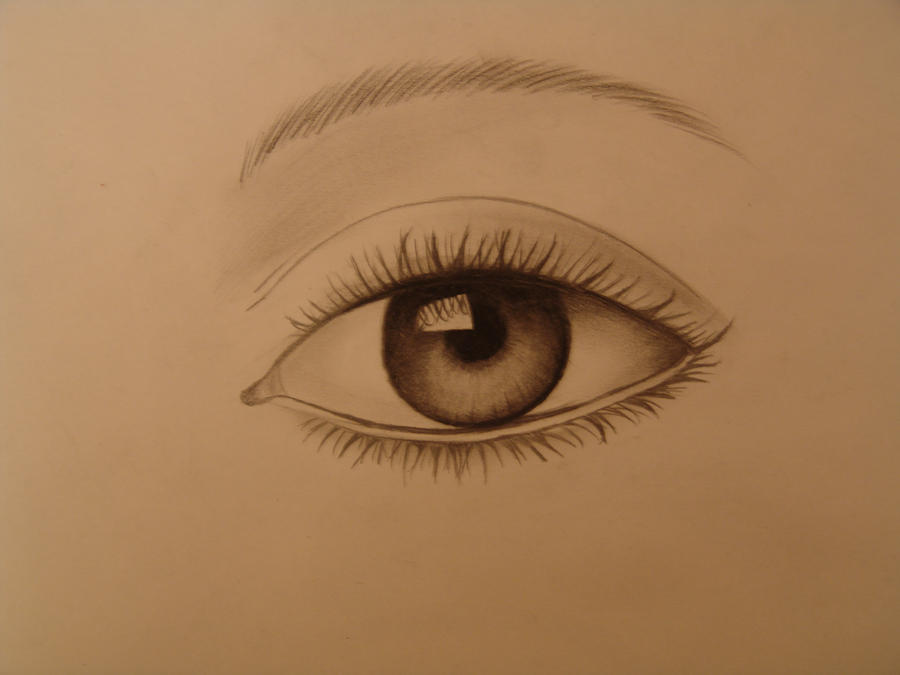Canvas drawing mxdvs framed
Table of Contents
Table of Contents
Are you looking to unleash your creativity and draw on canvas? Drawing on canvas can seem intimidating, especially if you’re new to art or working on a larger scale. But fear not, with the right techniques and tools, drawing on canvas can be a fun and rewarding experience. In this post, we’ll explore everything you need to know about how to draw on canvas and create your own masterpiece.
The Pain Points of Drawing on Canvas
One of the major pain points of drawing on canvas is the fear of making mistakes. Once you start drawing on canvas, it can be difficult to undo or erase your work. This can cause some artists to feel anxious or hesitant when approaching the canvas. Another pain point is the question of what materials to use. With so many options available, it can be challenging to choose the right materials for your project. And finally, starting a blank canvas can be overwhelming, leaving many artists unsure of where to begin.
Answering the Target of Drawing on Canvas
When it comes to drawing on canvas, there are several techniques you can use to get started. One popular method is to sketch your drawing onto the canvas using a pencil or charcoal. This allows you to make changes and adjustments before committing to permanent materials. Once you’re satisfied with your sketch, you can then begin to add color or other details. Another method is to use a grid system to transfer your drawing onto the canvas, allowing for more accurate proportions and placement. And finally, some artists prefer to dive right in, using paint or other media to create bold, expressive strokes without any preliminary sketches.
Summarizing the Main Points
Now that we’ve covered the basics of how to draw on canvas, let’s summarize some of the main points. First, it’s important to choose the right materials for your project, including canvases, paints or other media, and brushes. Second, planning out your drawing or sketch beforehand can help ease anxiety and ensure that you’re happy with the final result. Third, there are several techniques you can use when transferring your drawing onto the canvas. And finally, don’t be afraid to experiment and take risks with your artwork!
Starting Small with Mini Canvas Art
One way to ease into drawing on canvas is to start small with mini canvas art. These tiny canvases are perfect for experimenting with different materials and techniques, without the pressure of a large blank canvas. In my own experience, I’ve found that using mini canvases allows me to try out new ideas and techniques, and often leads to larger pieces down the road. To get started, simply choose a mini canvas, gather your materials, and start creating!
 Using Tracing Paper to Transfer Your Drawing
Using Tracing Paper to Transfer Your Drawing
Another helpful technique for transferring your drawing onto the canvas is to use tracing paper. Simply trace your drawing onto a piece of tracing paper, then flip the paper over and place it onto the canvas. Trace over your drawing once again with a pencil, transferring the graphite onto the canvas. This method ensures accurate proportions and can be especially helpful when working on more complex drawings or portraits.
 ### The Importance of Brushes in Canvas Art
### The Importance of Brushes in Canvas Art
Choosing the right brush is essential when it comes to drawing on canvas. Different types of brushes can create different effects, such as blending, layers, and texture. Flat brushes are great for filling in large areas, while round brushes can create finer details and lines. And finally, fan brushes can add texture and dimension to your artwork. Experiment with different brushes and see how they affect your artwork!
 #### Adding Texture to Your Canvas Art through Brushstrokes
#### Adding Texture to Your Canvas Art through Brushstrokes
One way to add depth and interest to your canvas art is through varied brushstrokes. Experiment with different strokes, such as cross-hatching, stippling, or blending, to create texture and dimension in your artwork. You can also layer colors and brushstrokes to create a richer, more complex effect.
Question and Answer Section
Q: What kind of paint is best for canvas art?
A: There are several types of paint that work well on canvas, including acrylics, oils, and watercolors. Each type of paint has its own unique properties, so it’s important to choose the right type of paint based on your desired effect and personal preference.
Q: How can I fix mistakes on my canvas?
A: Mistakes happen, even to the most experienced artists. If you make a mistake on your canvas, there are a few ways to fix it. If the mistake is still wet, you can simply wipe it away with a damp cloth or paper towel. If it’s dry, you can use a small amount of paint thinner or sandpaper to remove the mistake. And if all else fails, you can always paint over the mistake and start again.
Q: What is the best way to frame my canvas art?
A: Framing your canvas art can give it a polished, professional look. When choosing a frame, it’s important to consider the style of your artwork and the decor of the room it will hang in. You can choose a traditional frame with a mat or a more modern, frameless option. And finally, don’t forget to consider the type of hanger you’ll need and ensure that it’s securely attached to the frame.
Q: Does canvas art require any special care or maintenance?
A: Canvas art can be more delicate than other types of artwork, so it’s important to take extra care when storing and displaying it. Avoid exposing your canvas art to direct sunlight or extreme temperatures, as this can cause fading or warping. And finally, dust your canvas art regularly with a soft, dry cloth to keep it looking its best.
Conclusion of How to Draw on Canvas
Drawing on canvas can be a fun and rewarding experience, whether you’re a seasoned artist or just starting out. By using the right materials, techniques, and tools, you can create stunning artwork that’s uniquely your own. Whether you’re working on a large canvas or a mini masterpiece, don’t be afraid to experiment and take risks with your artwork. With a little practice and patience, you’ll be creating beautiful canvas art in no time!
Gallery
How To Transfer Drawing To Canvas (easy Technique) - YouTube

Photo Credit by: bing.com / canvas drawing easy transfer technique
MXDVS DRAWING ON A FRAMED CANVAS

Photo Credit by: bing.com / canvas drawing mxdvs framed
𝕓𝕪 𝕒𝕟𝕟𝕒𝕝𝕖𝕚𝕘𝕙𝕠𝕓𝕣𝕚𝕖𝕟 | Small Canvas Art, Diy Canvas Art, Mini Canvas Art

Photo Credit by: bing.com / painting
Pin By Melisa Kt On Canvas Ideas | Mini Canvas Art, Cartoon Painting

Photo Credit by: bing.com /
How To Transfer Your Drawing Or Sketch To Canvas With Artist Tim Gagnon

Photo Credit by: bing.com / canvas drawing transfer sketch artist painting gagnon tim board acrylic techniques choose





